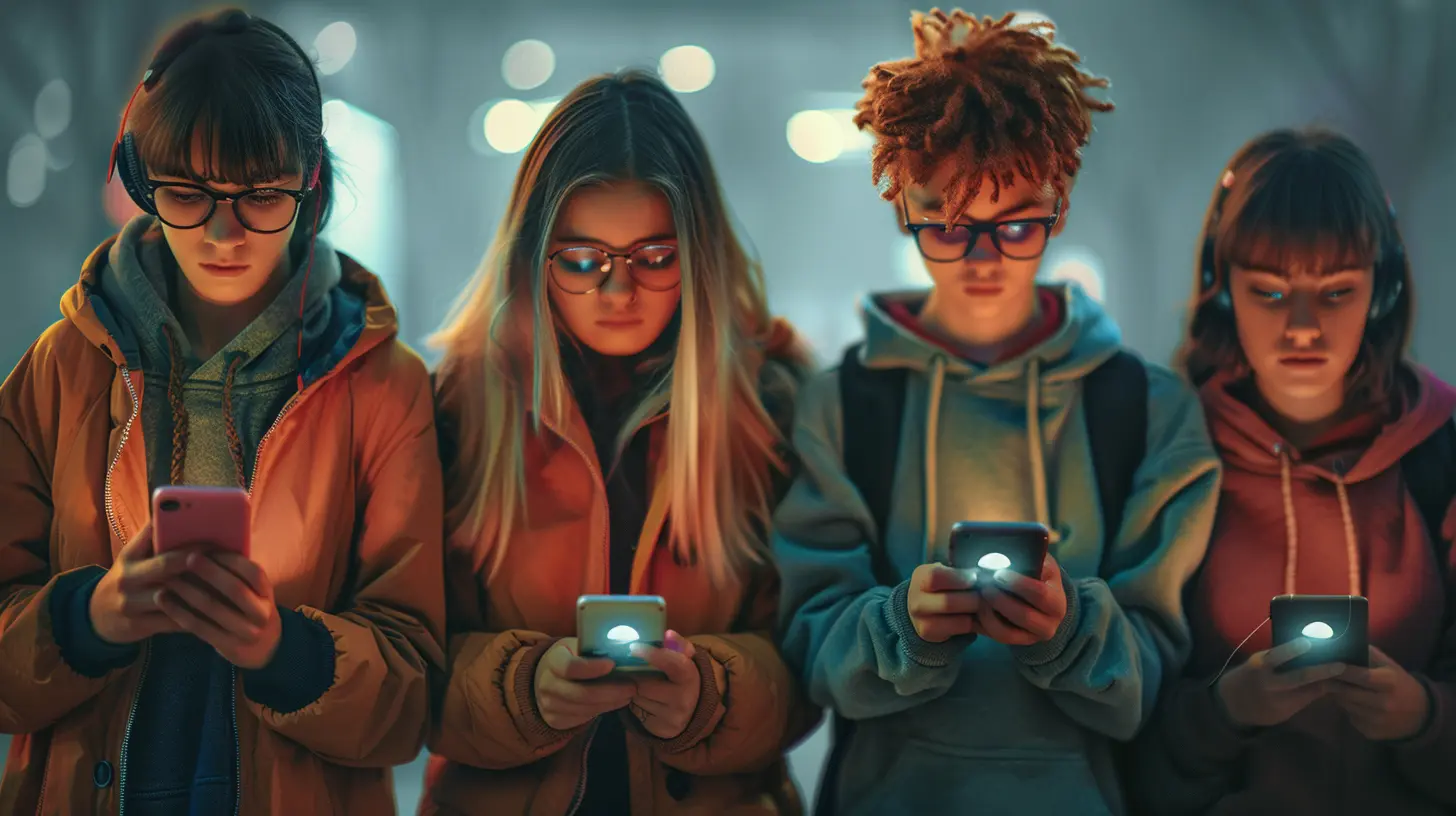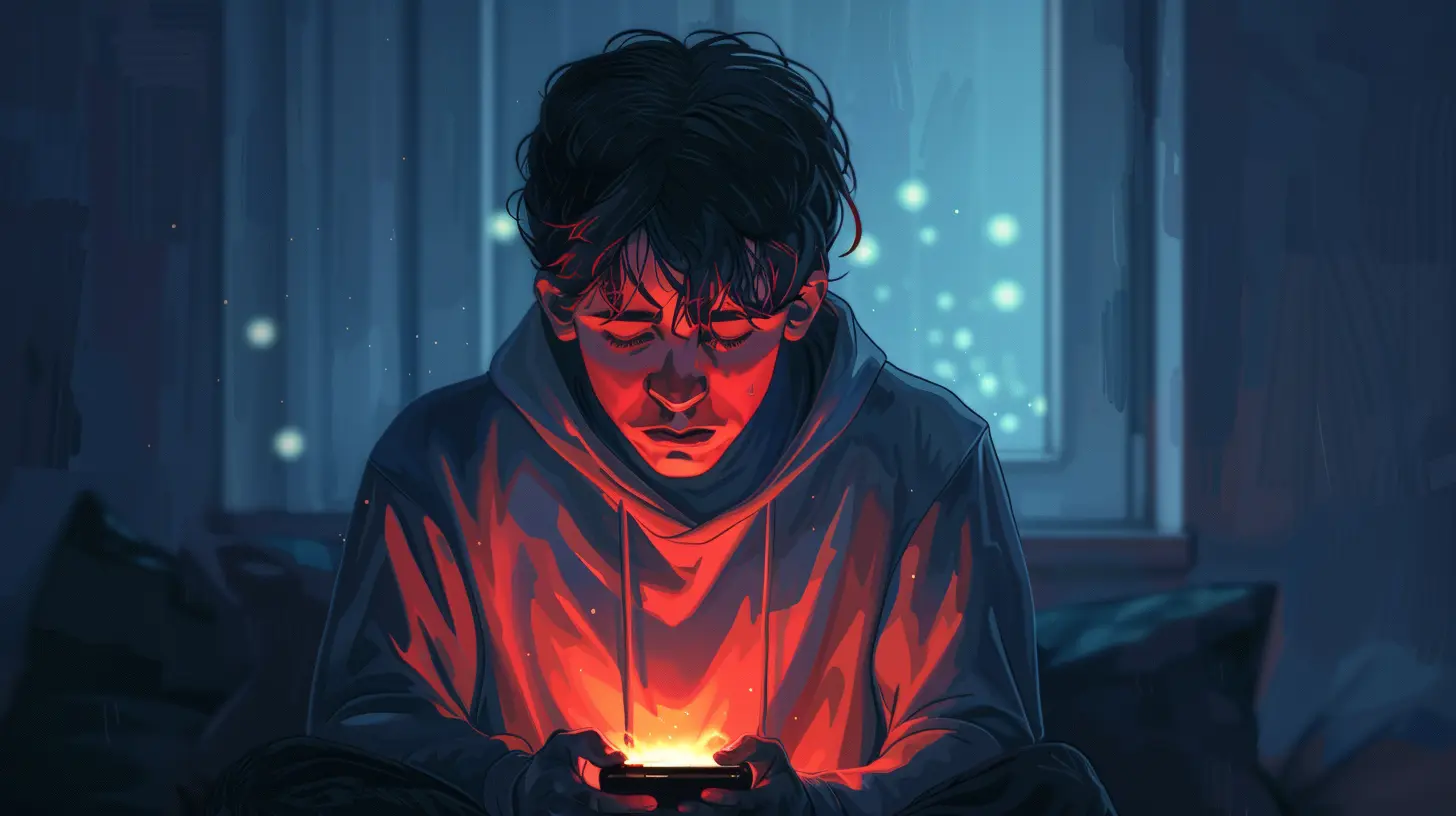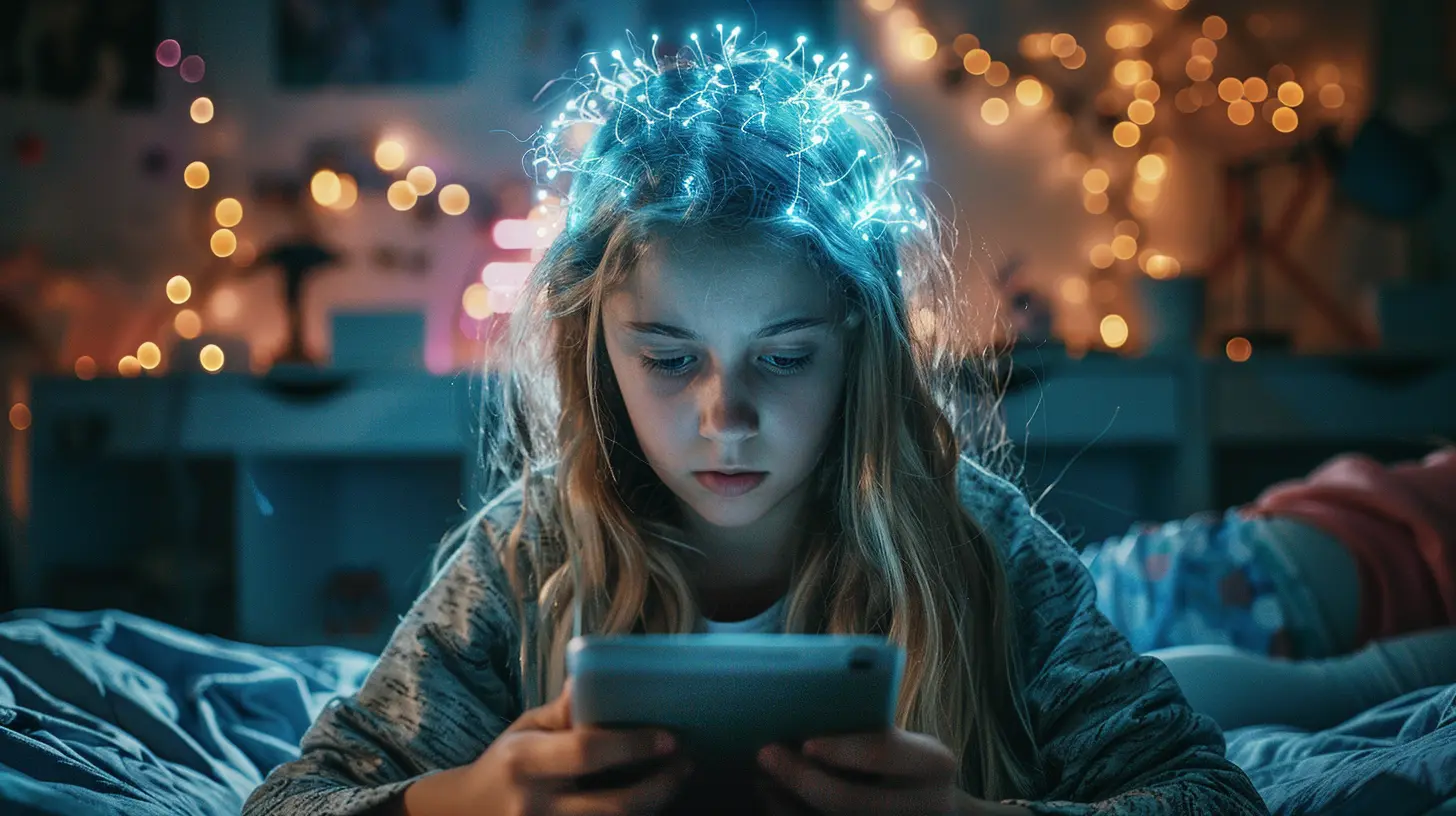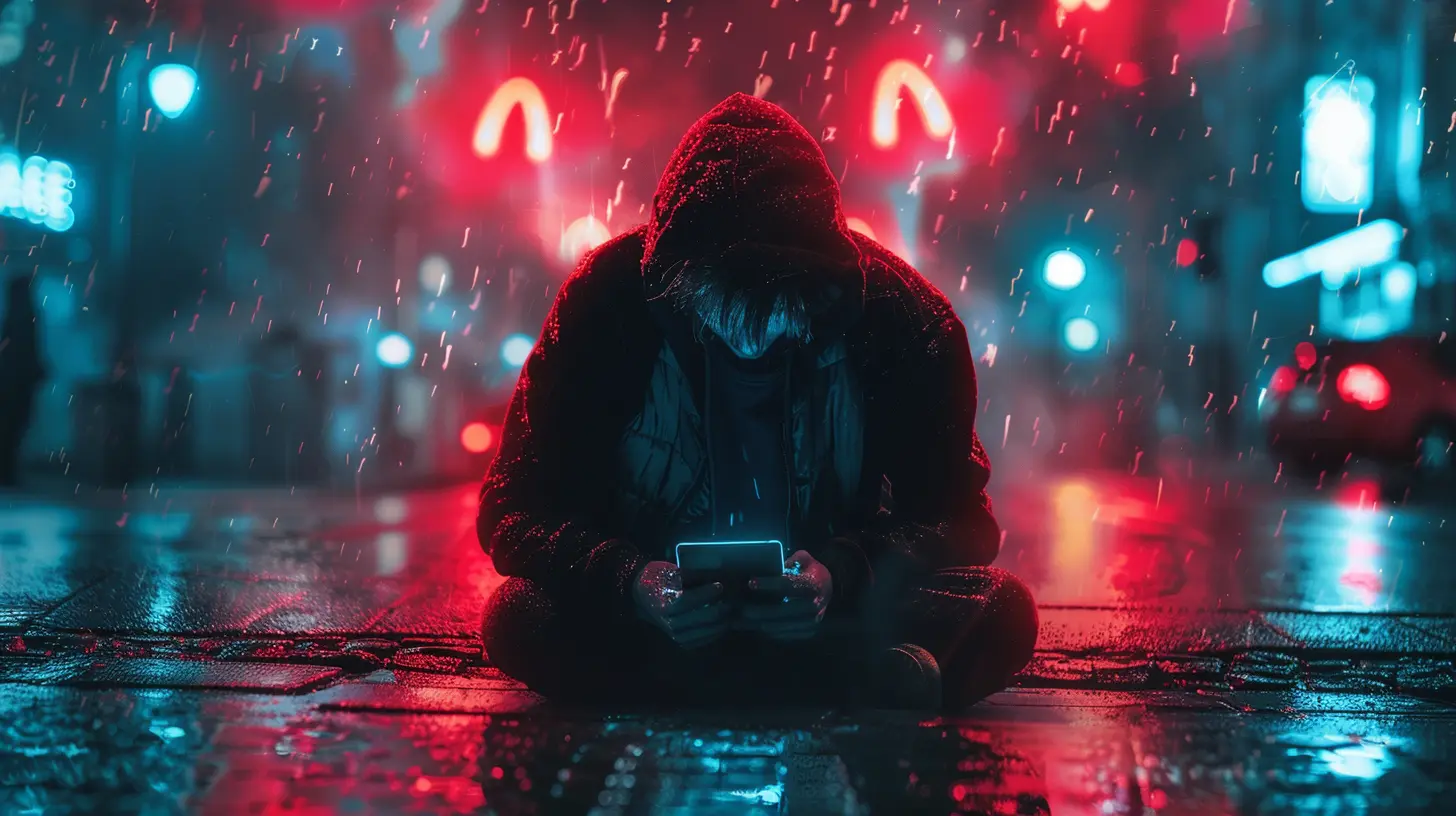Technology Addiction and its Effects on Teen Mental Health
30 July 2025
Let’s face it — today’s teens are growing up in a digital era that’s moving faster than ever. From smartphones and social media to video games and streaming platforms, technology wraps around their daily lives like a second skin. And while tech can offer a ton of benefits (think staying connected with friends, learning new skills, and finding entertainment), there's a darker side that’s creeping into the mental health of our younger generation — technology addiction.
But here’s the million-dollar question: Are teens really addicted to technology, or is it just the modern way of life? And if it’s real, how bad is it for their mental health?
Let’s unpack this complicated relationship between teens and tech, and how it impacts their emotional well-being.
What Is Technology Addiction?
Before we dive into the nitty-gritty, let’s get clear on what we mean by "technology addiction."Technology addiction, sometimes referred to as digital addiction, is when someone becomes excessively dependent on digital devices — like smartphones, tablets, computers, video games, or social media — to the point where it starts interfering with daily life, relationships, school, and mental health.
Think of it like this: It’s not about how much time teens spend online, but how their digital habits affect their ability to function in the real world.
You might notice:
- Anxiety when separated from their phone
- Obsession with checking notifications
- Prioritizing screen time over real-life activities
- Trouble concentrating without tech distractions
Sounds familiar, doesn’t it?
Why Are Teens More Vulnerable?
So, why are teenagers particularly at risk for falling into the tech addiction trap? Well, their brains are still cooking — seriously.During adolescence, the brain is going through major remodeling, especially in the areas responsible for impulse control, decision-making, and emotional regulation. Add in a constant stream of dopamine from video likes, game points, or endless scrolling on TikTok, and you've got a recipe for compulsive behavior.
Let’s break it down:
- Immature Self-Control: Teens don’t have the full ability to regulate their impulses yet. So resisting the urge to check their phone every few minutes? Not easy.
- FOMO (Fear Of Missing Out): Social media thrives on comparison. If your teen sees their friends hanging out without them, it can trigger anxiety, jealousy, or depression.
- Peer Pressure: Everyone is online — and if they’re not, they feel left out. Social acceptance plays a huge role here.
- Instant Gratification: Why wait for a reward when you can get it instantly with a swipe or a tap? That’s what technology teaches the developing brain, and it can rewire how teens experience pleasure.
Technology Addiction vs. Healthy Use
Let’s be real — not all screen time is bad. Technology in moderation can be incredibly useful and even therapeutic. The key is balance.Here’s a quick comparison to help spot the difference:
| Healthy Tech Use | Technology Addiction |
|------------------|----------------------|
| Used for school, hobbies, and connection | Used compulsively, often without purpose |
| Balanced with offline activities | Other activities are ignored |
| No negative emotional changes | Linked to irritability, anxiety, or sadness |
| Easy to unplug when needed | Difficulty stopping, even when asked |
It’s like eating candy: A little is fine; a lot can make you sick.
Warning Signs of Technology Addiction in Teens
Every teen is different, but if you're wondering whether your child (or even you!) might be struggling with a tech addiction, here are some red flags to look out for:- Mood swings or irritability when not using devices
- Losing interest in hobbies or spending time with family
- Sleeplessness or disrupted sleep patterns
- Poor academic performance
- Lying about time spent online
- Physical symptoms like headaches, eye strain, or carpal tunnel
The earlier these signs are spotted, the easier it will be to help them adjust their behaviors.
The Psychological Effects on Teen Mental Health
Now here’s the tough part — the mental health consequences. Technology isn’t just hijacking teens' attention spans; it’s digging deep into their emotional and psychological well-being.Let’s go through the most common mental health issues tied to tech addiction.
1. Anxiety and Depression
Social media can be a breeding ground for comparison. Teens start equating likes, followers, and filtered selfies with self-worth. When their online presence doesn’t match their peers’, it can trigger feelings of inadequacy, loneliness, and hopelessness.Remember that dopamine hit we talked about earlier? It’s addictive. And when teens don’t get it, their mood crashes — kind of like a sugar crash after too much candy.
2. Sleep Disorders
Using screens before bed (especially phones) tricks the brain into thinking it’s still daytime, thanks to blue light. This messes with melatonin production — the hormone that makes you sleepy.The result? Teens stay up too late, struggle to fall asleep, and walk around like zombies the next day. Chronic sleep deprivation is a major contributor to depression, anxiety, and even suicidal thoughts.
3. Attention Problems
The constant ping of notifications trains the brain to expect distractions. This can lead to trouble focusing, reduced patience, and declining academic performance. Think of the brain like a muscle — if we keep letting it jump from one app to another every few seconds, it loses the ability to concentrate.4. Low Self-Esteem
Let’s be honest — filters, likes, and curated feeds often portray an unrealistic version of life. Teens start comparing their behind-the-scenes with someone else's highlight reel. Over time, this creates feelings of worthlessness, bad body image, and increased vulnerability to online bullying.5. Social Isolation
Ironically, being "connected" online can lead to feeling disconnected in real life. Teens may prefer online interactions over face-to-face conversations, making it harder to form deep, meaningful relationships. This can breed a sense of loneliness despite being constantly surrounded by digital noise.How Parents and Guardians Can Help
Here’s the good news: You don’t need to lock away your teen’s gadgets or go full "tech cleanse" mode. The key is fostering healthy tech habits. It’s all about guiding, not punishing.1. Open The Lines of Communication
Start by having honest, non-judgmental conversations. Understand what apps they love and why. Show curiosity instead of criticism. This builds trust — so when problems arise, they’re more likely to come to you.2. Set Boundaries — Together
Creating screen time rules shouldn’t be a dictatorship. Collaborate with your teen on boundaries. Maybe it’s no phones at the dinner table or shutting off devices an hour before bed. When they help make the rules, they’re more likely to follow them.3. Encourage Offline Activities
Find what makes your teen tick in the real world — whether it’s sports, art, music, or volunteering. The more fulfilling their offline life is, the less they’ll crave validation from screens.4. Be a Good Role Model
Let’s be real — if you’re constantly checking your own phone, your teen's going to notice. Kids absorb behaviors more than rules. Put your device away during family time and lead by example.5. Use Tech Tools to Manage Use
There are tons of apps that help monitor screen time and set usage limits. While it’s not a perfect fix, it can be a helpful starting point.6. Seek Professional Help if Needed
If your teen shows signs of serious mental health struggles, don’t hesitate to reach out to a therapist who specializes in teens and digital addiction. Early intervention can make a world of difference.Is Technology the Villain?
Let’s not turn technology into the bad guy here. Tech is not inherently evil. It’s a tool — like a hammer. You can use it to build something amazing, or you can use it recklessly and hurt yourself.It’s about how we use it, how often we use it, and why we use it. With the right balance, boundaries, and communication, teens can enjoy the perks of a digital world without falling into the danger zone.
Final Thoughts
We live in a tech-charged world, and there’s no going back. That’s not necessarily a bad thing. But as the digital landscape continues to evolve, so must our understanding of its impact — especially on our teens’ mental health.Technology addiction is real, and its effects on teen mental health can range from mild anxiety to full-blown depression. The good news? With awareness, education, and support, we can help our teens build a healthier relationship with their screens — one that empowers rather than consumes them.
Because at the end of the day, what teens really need isn’t Wi-Fi — it’s connection. Real, honest, human connection.
all images in this post were generated using AI tools
Category:
Mental Health In AdolescenceAuthor:

Nina Reilly
Discussion
rate this article
1 comments
Eloise Dillon
Great insights! Encouraging open communication about tech use can enhance teen mental health.
August 9, 2025 at 3:06 PM

Nina Reilly
Thank you! I completely agree—fostering open dialogue about technology use is crucial for supporting teens' mental well-being.


